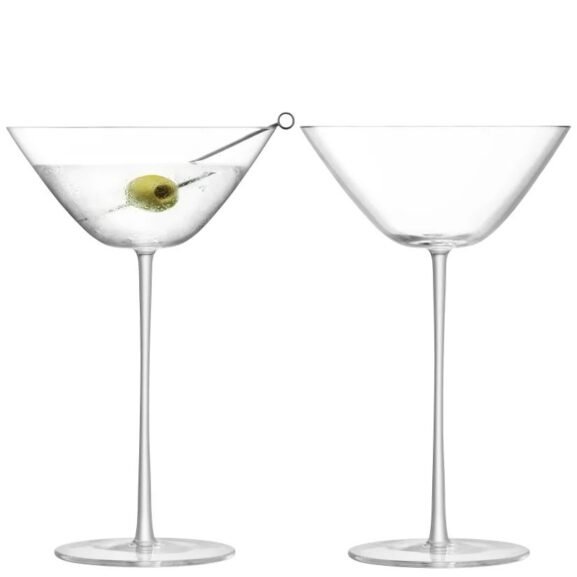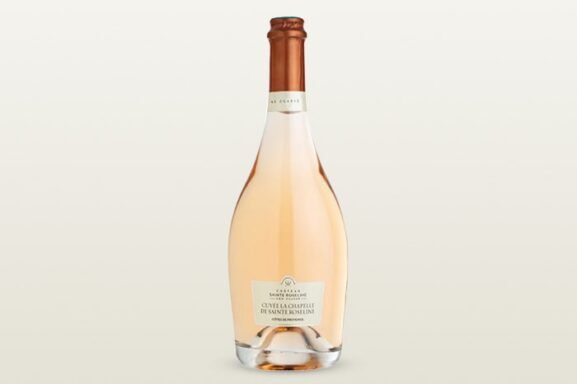India’s Wine Culture Is Shifting Dramatically
I was stunned when my relatives opened a bottle of wine at the dinner table during a recent visit to New Delhi. It was a Sula Vineyards Syrah from the Nashik region in India. The family had opened it just for me, the wino visiting from the U.S., and waited, wide-eyed, to hear what I thought of my home country’s wine.
I did not grow up with a wine culture. Watching Bollywood movies in the ’90s, I’d see cartoonish goons hanging out at seedy beer bars, hitting on girls and getting in fights. The hero was the savior, singing and dancing his way to the heroine. He was, predictably, sober. And he always won, fighting his way through the drunken goons, and charming the audience with his goody-two-shoes swagger. That was the image of alcohol consumption ingrained in my generation’s mind. Villains drank.
My family poured the Syrah into a glass cup usually used for tea. On the table was dry-spiced jackfruit, daal, Manchurian (an Indochinese vegetable dumpling coated in a sweet and sour sauce), roti, yogurt and rice. The Syrah, a deep ruby, was jammy with red and black fruit, and wonderfully spiced. It packed a punch. Luckily, there were no goons to fight.
You May Also Like: How to Pair Wine with Indian Food and Succeed Every Time
Nashik, in Maharashtra, proudly holds the title “wine capital of India,” boasting over 50 wineries, including the renowned Sula Vineyards. LVMH Chandon also recognizes the region’s potential, establishing an outpost in Nashik in 2014. Wineries like York, Soma Vine Village and Grover Zampa, with their tasting rooms, restaurants and resorts, draw in throngs of tourists annually. Interestingly, Nashik, a hub for winemaking, is situated just two hours away from Shirdi, a popular religious pilgrimage site. People travel far and wide to visit the ancient temples. According to Gagan Sharma, a certified sommelier and director of wine tourism company Indulge India, pilgrims now take detours from their religious journey to explore the wineries in Nashik, turning the region into a local Disneyland for adults eager to learn about wine.
This juxtaposition between a deeply religious town and a modern winemaking oasis mirrors the delicate balancing act India performs on its cultural tightrope. As an ancient country steeped in history, India is constantly evolving in modern ways. Alcohol fermentation is not new to the country. Coconut, cashew and grain distillation dates back hundreds of years and are represented in ancient texts and art. It is the European style of winemaking that has become more accepted because of globalization. Wine consumption today represents a significant cultural shift from the taboo it once carried, and one my generation grew up with.
Just a few months after returning from New Delhi, I visited Blue Ridge in northern Georgia. I dined at Harvest on Main, a staple restaurant in the sleepy mountain town. The menu featured farm-raised chicken and local rainbow trout, but it was the wine list that caught my attention. Tucked among American and French wines was Sula Vineyards’ Chenin Blanc. “No way!” I thought. India had found its place on the menu in this unexpected place. I ordered it, of course. As I sipped the wine, I couldn’t help but pose like a Bollywood villainess, laughing witchingly at this full-circle moment. I was drinking Indian wine. And there was nothing wrong with that.
This article originally appeared in the May 2024 of Wine Enthusiast magazine. Click here to subscribe today!
From the Shop
Find Your Wine a Home
Our selection of wine glasses is the best way to enjoy the wine’s subtle aromas and bright flavors.
Published: May 17, 2024
Like what you’re reading? Learn more about:

